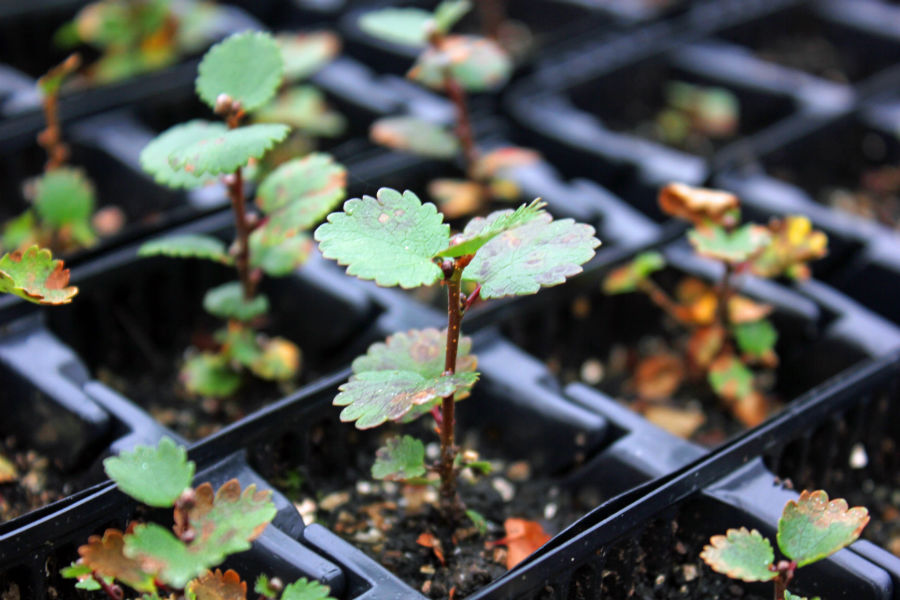Looking out for Dwarf Birch
This article was originally written for ‘Save Our Woods‘
Trees are often overlooked at the best of times, in favor of the more exciting and exotic wildlife that lives among them. It’s not always a bad thing of course, as animals ourselves we are perhaps drawn towards understanding other mammals. More than that though, I think we see trees as eternal and incomprehensible with their vast lifespans so permanent as to be somewhat ignored – It would be nice to think they are.
I’m lucky enough to study trees. You might be imagining great regal oaks or towering beeches, but instead I study their lesser known little brother – Dwarf Birch (Betula nana). Dwarf Birch is better described as a mini-tree living as it does high up in the Scottish Highlands on the cold, bleak windswept mountains.
Dwarf Birch is unfortunately rather rare, and seems to be in decline. It’s a crucial component too, of the Montane Scrub habitat that has almost disappeared from Scotland completely. Montane Scrub and Dwarf Birch should be found as an extension to natural forests, as altitude increases and canopy trees find it progressively harder to grow against the wind and exposure, low scrub – an assortment of dwarf and stunted plants – grows in a patchy mosaic up towards the high altitude heaths.
Unfortunately, the Scottish landscape is vastly overgrazed by the huge deer population and damaged by regular burning, making life very difficult for the ‘wee trees’. It’s been fragmented by forestry and all but forgotten as the important habitat that it is. The mosaic of scrub not only includes Dwarf Birch, but rare willows, rowan and juniper too. It’s ideal as cover for small mammals and breeding birds, and several rare and little known insects call it home.
So what can we do to look out for Dwarf Birch? Well this is where scientists come in. Dr Richard Buggs, my supervisor at Queen Mary, University of London, recently completed the sequencing of the Dwarf Birch genome, a hugely valuable tool in the effort the conserve this species. Later this year as the snows disappear from the highlands I’ll be traveling the length and breadth of Scotland to find all the scattered remaining populations. We’ll be sampling them and using genetics to assess how healthy the surviving populations are.
We’re lucky to have the help of two extremely passionate organizations too – Trees for Life and Highland Birchwoods, who are keen to see Montane Scrub cover the highlands once more.
I’ve saved the best until last. If you’ve read on this far, then you too must have a passion for trees (even ‘wee trees’!) and this is where you can help. Dwarf Birch is hard to find, and many of the records are old and vague. Scotland is big. If you happen to go out walking in the highlands this summer then keep an eye out for the lovely little tree; and if you happen to find one – please get in touch!
Fancy sharing this article? (To help me find Dwarf Birch nerds!) Click below…
Like:
Share:


